
When the children first saw here she stood with her hands extended "like the miraculous medal." What impressed the children most was her delightful smile, which seemed to be directed at each one of them individually. As news of the strange doings spread quickly throughout the little village, the Curé, the Sisters, and all the inhabitants gathered on the spot. After they had recited the rosary at the pastor's direction, a large white banner slowly unfolded under the figure of the Lady and on it were written in letters of gold the words:
"But pray, my children. God will soon answer your prayer. My Son is willing to hear you."
The need for prayer was all around them and through the children's innocence to see Mary; the hopelessness gave way to prayer for hope. Hope that God would hear their prayers.
Then one of the Sisters led the group in the singing of the hymn, "Mother of Hope". Our Lady's reaction was immediate. Her smile broadened until the children cried out, "She is laughing!" and she raised her hands to beat time to the music. When the hymn ended, however, her expression became grave for the first time and in her hands there appeared a large crucifix. The cross itself was blood red, the corpus a darker shade. At the top was an extra crosspiece, of white, on which was printed in red letters the inscription, "Jesus Christ." During this part of the apparition, Our Lady's eyes sadly contemplated the cross, the symbol and the pledge of our salvation. With the singing of the hymn, "Ave Maris Stella," the cross disappeared, and Our Lady smiled again, though this time not without a touch of sadness. This tender expression remained on her face until, after the recitation of night prayers by the crowd, a white cloud veiled the Lady from view and the apparition was at an end. Before the news of the event at Pontmain had spread beyond the neighbourhood, Our Lady's promise came true. The very day after the apparition, the Prussians halted their advance and withdrew ten mils. Peace came to the devout clients of Mary in Western France.
The Bishop of Laval lost no time holding a thorough inquiry into the apparition. Careful questioning of the four children and many adult bystanders led him to pronounce that a true apparition of the Blessed Virgin had taken place at Pontmain and to authorize her "cultus" at the scene. Many years later Pope Pius XI, after an exhaustive examination of the evidence, confirmed the decisio0n of the Episcopal court and granted a Mass and Office proper to our Lady of Hope of Pontmain. The barn from which the children had first seen the strange vision in the sky was turned into a chapel and soon became a place of pilgrimage. After the death of the elderly pastor, Father Michael Guerin, the Oblates of Mary Immaculate were placed in charge of the shrine. They erected the great basilica of Our Lady of Hope, which was consecrated in 1900.
During the trying days of German occupation in the last war, devotion to Our Lady of Hope received a new impetus. Since the end of the war, tens of thousands of pilgrims have journeyed to Pontmain to pay their thanks to the Mother of Hope or to seek her further intercession. The Oblate Fathers and Brothers introduced the devotion to America in 1952.
"But pray, my children. God will soon answer your prayer. My Son is willing to hear you."
The need for prayer was all around them and through the children's innocence to see Mary; the hopelessness gave way to prayer for hope. Hope that God would hear their prayers.
Then one of the Sisters led the group in the singing of the hymn, "Mother of Hope". Our Lady's reaction was immediate. Her smile broadened until the children cried out, "She is laughing!" and she raised her hands to beat time to the music. When the hymn ended, however, her expression became grave for the first time and in her hands there appeared a large crucifix. The cross itself was blood red, the corpus a darker shade. At the top was an extra crosspiece, of white, on which was printed in red letters the inscription, "Jesus Christ." During this part of the apparition, Our Lady's eyes sadly contemplated the cross, the symbol and the pledge of our salvation. With the singing of the hymn, "Ave Maris Stella," the cross disappeared, and Our Lady smiled again, though this time not without a touch of sadness. This tender expression remained on her face until, after the recitation of night prayers by the crowd, a white cloud veiled the Lady from view and the apparition was at an end. Before the news of the event at Pontmain had spread beyond the neighbourhood, Our Lady's promise came true. The very day after the apparition, the Prussians halted their advance and withdrew ten mils. Peace came to the devout clients of Mary in Western France.
The Bishop of Laval lost no time holding a thorough inquiry into the apparition. Careful questioning of the four children and many adult bystanders led him to pronounce that a true apparition of the Blessed Virgin had taken place at Pontmain and to authorize her "cultus" at the scene. Many years later Pope Pius XI, after an exhaustive examination of the evidence, confirmed the decisio0n of the Episcopal court and granted a Mass and Office proper to our Lady of Hope of Pontmain. The barn from which the children had first seen the strange vision in the sky was turned into a chapel and soon became a place of pilgrimage. After the death of the elderly pastor, Father Michael Guerin, the Oblates of Mary Immaculate were placed in charge of the shrine. They erected the great basilica of Our Lady of Hope, which was consecrated in 1900.
During the trying days of German occupation in the last war, devotion to Our Lady of Hope received a new impetus. Since the end of the war, tens of thousands of pilgrims have journeyed to Pontmain to pay their thanks to the Mother of Hope or to seek her further intercession. The Oblate Fathers and Brothers introduced the devotion to America in 1952.

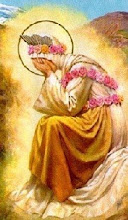
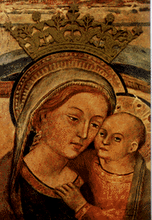
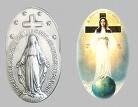

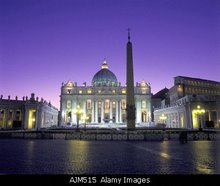

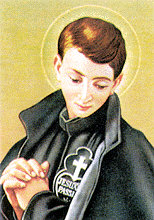
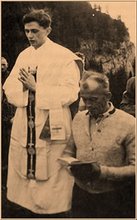
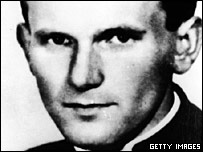
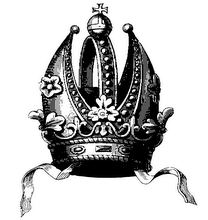
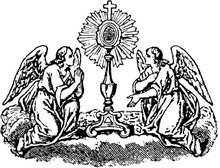
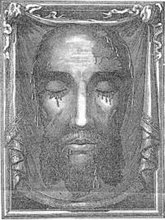
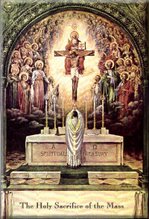

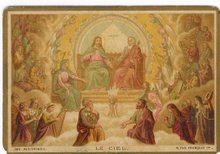

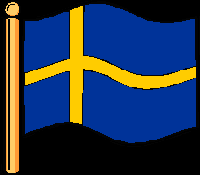

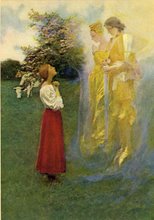
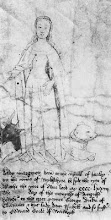01.jpg)


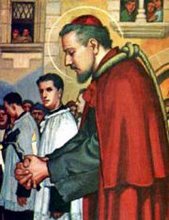

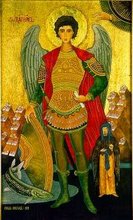

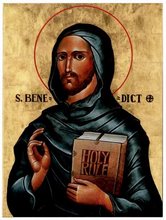


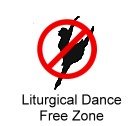

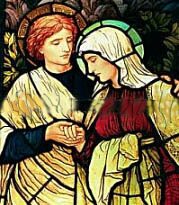

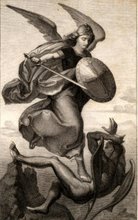


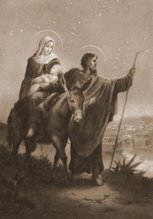
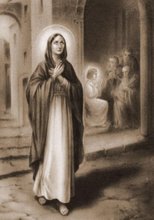
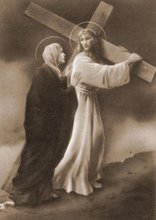
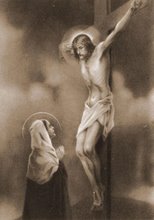
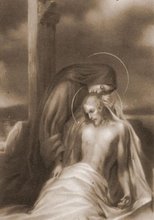
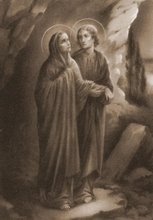
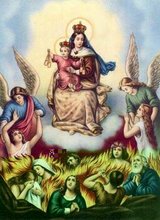

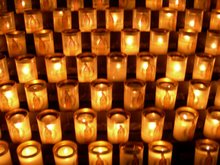
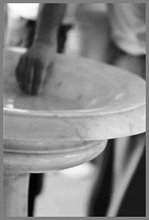
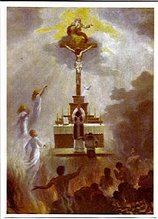
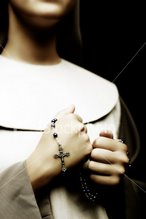

No comments:
Post a Comment